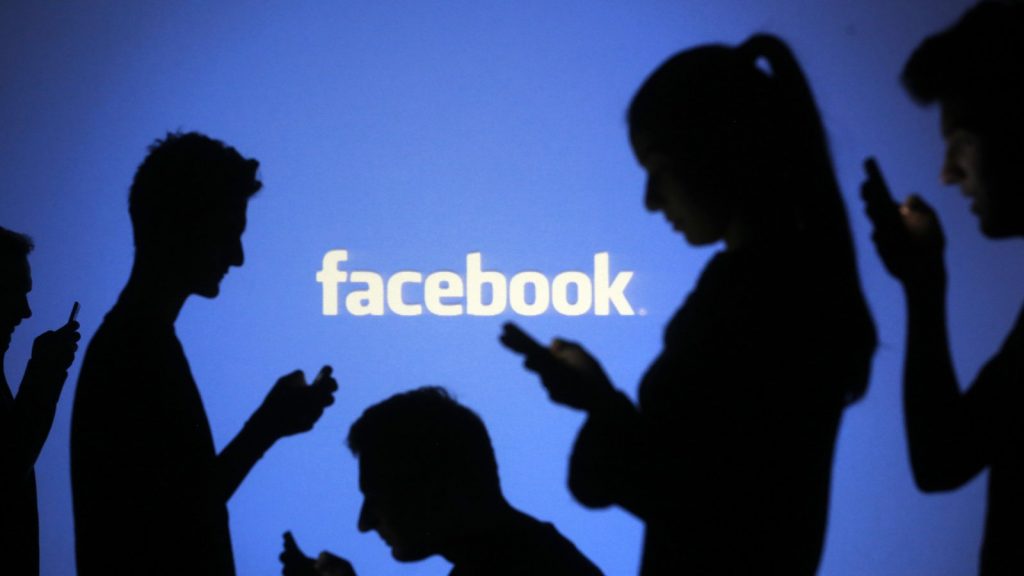
Internet Transformation
The “techlash” phenomenon refers to a rising hostility towards comprehensive technology corporations (sometimes known as “Big Tech”), as well as a broader aversion to modern technology in general, especially information technology-driven developments. As the techlash has grown in popularity, so has the amount of support for it measures aimed at slowing down innovation, such as bans, levies, and tight regulations on a particular technology. The worries about technology that are being voiced now are not all ridiculous or without validity. Overall, though, surrendering to techlash is likely to harm both individuals and society. Policymakers must prevent the “techlash” and acknowledge reasonable “tech realism,” recognizing that while innovation is a main driver for technological civilization, it also pose major significant barriers that require thoughtful, well-considered, and effective responses. (Robert, 2019).
While studies suggest that the common people are more content with contemporary innovations than most media figures, campaigners, and legislators assume, techlash continues to be a big issue. Smart phone users are still lining up to get their hands on the newest models, and they are using social networking sites at record rates. In addition to a pessimistic attitude toward technological development, techlash shows itself in the form of passionate support for legislation that obstructs such progress. This approach, which seems to be gaining traction in Europe as well as a number of US towns and states, has the potential to significantly impede economic development, wealth, and social advancement in the long run. The techlash has bred a mob mentality, and the general public is flocking to places of innovation despite the lack of logic in the laws. To be clear, not all of the current fears about technology are unfounded or unfounded. To mention a couple, privacy and cybersecurity concerns are genuine, and they need thoughtful legislative responses. While the techlash phenomena may be a fair response to an earlier tendency of techlash, mindless techno-utopianism and Silicon Valley sloganeering are likely to harm individuals and communities (Sacasas, 2018).
Rather than techlash, we have to provide tech reality—a rational understanding that today’s modern technologies, particularly those powered by information technology, are comparable to practically all previous systems in that they can be a driving force for human progress while also posing genuine challenges that require thoughtful and practical solutions. Technology bans, levies, and unduly strict regulations, on the other hand, they almost never succeed because the small ideas are thrown out with the prior consultations. To be sure, many proponents of inciting tech rage would be delighted with such a result. Giving in to techlash enthusiasm, on the other hand, would affect business and income growth, erode productivity and competitiveness, and prevent progress on a number of front’s that are vital societal concerns, such as schooling, community desirability, environmental conservation, and human health.
Technology has been linked to structural inequalities in the following ways: New technologies are emerging into civilizations that are already unequal in many aspects. In most countries, family and occupation are the primary sources of wealth. The affluent have more technological knowledge than the less fortunate, just as they can do to anything else that requires money for it to be accomplished. Education is also frequently focused in high households. Because they have more extraordinary skills, folks with more knowledge can use Information and communication technologies more effectively than those with less. Income and education tend to congregate by gender and social class. In most civilizations, men’s average earnings are higher than women’s. In many countries, males devote considerable time in learning institution than females and are much more able to join higher education. Ethnic, sexual, and disability-related inequalities are all too widespread—systems of authority and social inequalities (Souter, 2018). Structural factors cause these inequities. Power structures are necessary. Digital inequity is no different than other forms of structural inequity in society. For certain socioeconomic groups, health care and education have improved, and they can now afford houses, cars, telephones, refrigerators, and radios. They are also more likely to dress nicer and engage more actively in politics and the economy. They also live longer and are in better health. This is true in every culture.
The process of checking and removing published information, known as content moderation, is exceptionally hard in online contexts because the information is drawn in part or entirely from a vast, different, and dispersed user base. There is a growing desire for additional, specific rules with the rise of false news and emerging technologies like deep fake engines. In the case of Social media, the issue has sparked a large-scale advertising boycott. The recent covid-19 pandemic has brought this issue to the forefront; industry and government partners are concerned about disseminating medical misinformation. This worry has sparked an update of the traditional information regulating toolbox and government involvement in the form of moderating developing regulations. Therefore, the Existing features of moderation methods are ineffective.
Platforms are reacting in various ways as they come to terms with their global footprints, from introducing new features and operations to combat inappropriate material to complying with formal and informal requirements from governments. Platforms are increasingly adopting factory-style methods to filtering of material, the hiring of thousand employees of reviewers, and the deployment of identifying software. Members of the team are in control on front filtration policy and software, which are employed to cope with uncertainties, growing difficulties, and public outcry, all through the policy. Current frameworks raise worries about how the voice of the many is ignored in a massive, complex system where cultural, language, and contextual awareness may be difficult to achieve (Panday, 2020). When the privileged few participate in inciting hatred or provocation, what happens if platforms give preference to certain users? While filtering and over-moderation are issues, the material that platforms choose to leave up is equally essential. Recent content moderation disputes have centered on platforms’ reluctance to take immediate action against information that violates their community guidelines or policies. There are three basic ways to content control at the moment. Only one of these strategies is used by very few platforms. Before the covid-19 pandemic, for instance, the most prevalent strategy was to employ automated assessment design algorithms as the first line of defense and then use human evaluators (from either user community or professionally hired) to fix the automatic assessment model’s faults (Tech, 2021).

The Cleaners is an intriguing documentary that examines how social media may be destroying the globe. A good old-fashioned talk show hosts documentary with some snazzy computer visuals thrown in for good measure. It concerns the hired workers used by these corporations to assess whether photos and videos published online must be permitted to continue online. The documentary follows a bunch of individuals in Manila who have much of their time on scouring the internet for terrorist films, government propaganda, harming videos, and child exploitation, categorizing them as “leave” or “destroy” depending on whether the imagery violates community norms. Riesewieck and Block appear to be concentrating on demonstrating how poorly moderation where it is envisioned as just a corporate strategy. One of its “cleaners” who specializes in sexually explicit material, for example, admits that she had no prior understanding of pornographic (or sex) before beginning her job, making her an unlikely choice for a subject material specialist (Bishop, 2018).
It’s how social media networks made an established feedback cycle thus irreversibly destroying our moral structure in the actual world. Journalists, practitioners, and ex-employees of major digital businesses join Riesewieck and Block to provide a broader overview of how the platforms were developed and their effect on our global dialogue. Therefore, since most social media sites are in question, they were created with the sole purpose of generating participation and involvement. To avoid showing users information and updates that would either confront them honestly or turn them away, it is in a site’s most significant benefit to never do so, resulting in isolated bubbles where individuals are only supplied with material they already want to receive.
Reference
Bishop, B. (2018). The Cleaners is a riveting documentary about how social media might be ruining the world. The Verge. Retrieved 14 October 2021, from https://www.theverge.com/2018/1/21/16916380/sundance-2018-the-cleaners-movie-review-facebook-google.
Panday, J. (2020). Exploring the problems of content moderation on social media – Internet Governance Project. Internet Governance Project. Retrieved 14 October 2021, from https://www.internetgovernance.org/2020/12/23/exploring-the-problems-of-content-moderation-on-social-m.
Robert, D. e. (2019). A Policymaker’s Guide to the “Techlash”—What It Is and Why It’s a Threat to Growth and Progress. Itif.org. Retrieved 14 October 2021, from https://itif.org/publications/2019/10/28/policymakers-guide-techlash.
Sacasas, L. M. (2018). The Tech Backlash We Really Need. The New Atlantis, 55, 35–42. http://www.jstor.org/stable/26487782.
Souter, D. (2018). Inside the Information Society: ICTs, the Internet and structural inequality | Association for Progressive Communications. Apc.org. Retrieved 14 October 2021, from https://www.apc.org/en/blog/inside-information-society-icts-internet-and.
Tech, T. (2021). Content Moderation and Online Platforms: An impossible problem?. Talkingtech.cliffordchance.com. Retrieved 14 October 2021, from https://talkingtech.cliffordchance.com/en/industries/e-commerce/content-moderation-and-online-platforms.